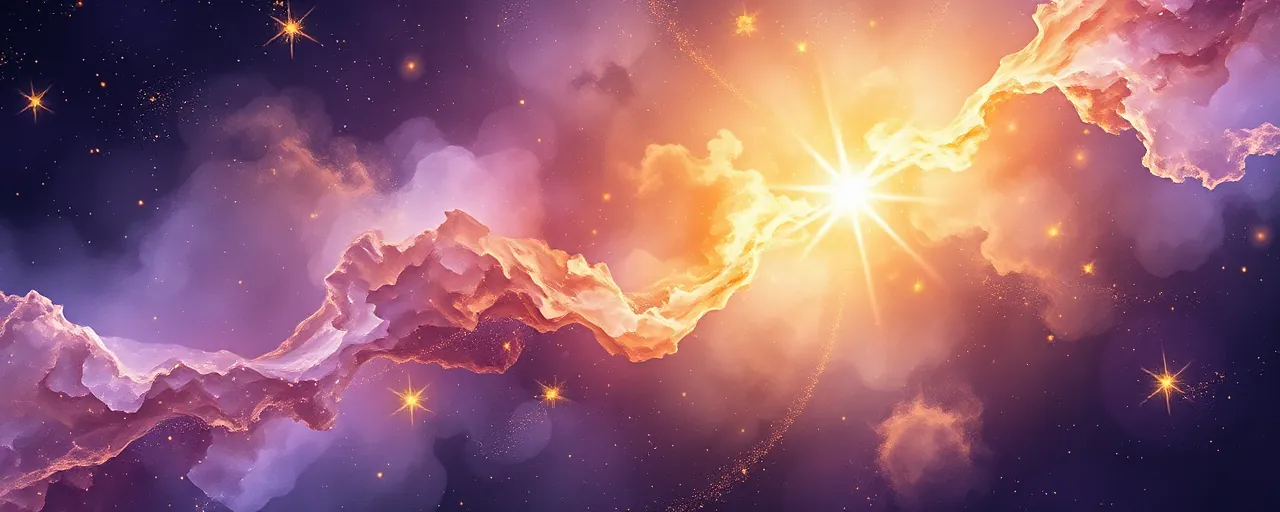A Glimpse Into a Stellar Farewell
The universe is full of quiet dramas, and one is unfolding 1,500 light-years away in the Taurus constellation. NASA's James Webb Space Telescope has turned its infrared gaze on NGC 1514, a planetary nebula, revealing a scene of cosmic beauty and complexity. This glowing cloud of gas and dust, formed from the dying breaths of a star, offers a window into the life cycle of stars like our Sun.
Unlike a typical photograph, Webb's image captures details invisible to older telescopes. Its Mid-Infrared Instrument, built to peer through cosmic dust, shows NGC 1514's intricate layers, from fuzzy rings to punched-out holes near its center. These features tell a story of stellar evolution, where a star's final act reshapes the space around it.
Unraveling the Nebula's Secrets
At the heart of NGC 1514 lie two stars, orbiting each other every nine years, appearing as a single bright point in Webb's view. One star, once far heavier than our Sun, has shed its outer layers, leaving a white dwarf core. This process, researchers explain, began at least 4,000 years ago, creating rings of dust that glow faintly in infrared light. The second star, a close companion, likely stirred these rings into their tangled, hourglass shape.
Webb's images reveal more than just beauty. The telescope detected oxygen in the nebula's pink central region, but surprisingly little carbon or complex molecules often found in similar nebulae. Scientists suggest the tight orbit of the two stars mixed up the ejected material, preventing the formation of smoky compounds. This simpler chemistry lets starlight travel farther, illuminating faint, cloud-like rings.
A Cosmic Puzzle Takes Shape
Astronomers have studied NGC 1514 since the 1700s, when William Herschel first noted its cloudy appearance. Back then, telescopes couldn't resolve its details, but Webb's clarity changes that. The nebula's hourglass form, tilted at a 60-degree angle, hints at dynamic forces at play. Researchers point to the companion star's gravitational tug, which may have pinched the nebula's waist and sculpted its dusty arcs.
Beyond its shape, the nebula's dust grains intrigue scientists. These tiny particles, warmed by the white dwarf's ultraviolet light, glow in mid-infrared wavelengths. Their clumpy, textured arrangement suggests a turbulent history of stellar winds clashing over millennia. Such findings align with recent studies of other nebulae, like the Ring Nebula, where Webb uncovered similar dusty structures shaped by binary stars.
Why It Matters Beyond the Stars
NGC 1514's story isn't just a cosmic curiosity; it sheds light on processes that shape the universe. Planetary nebulae like this one recycle material that can seed new stars and planets. The absence of complex molecules in NGC 1514 raises questions about how chemistry evolves in different stellar environments, with implications for understanding the building blocks of life.
Webb's observations also inspire beyond science. Images like these fuel public fascination with space, driving engagement through NASA's outreach programs, from classroom activities to online courses. By sharing discoveries like NGC 1514, astronomers hope to spark curiosity in the next generation, encouraging them to explore the universe's vast unknowns.
